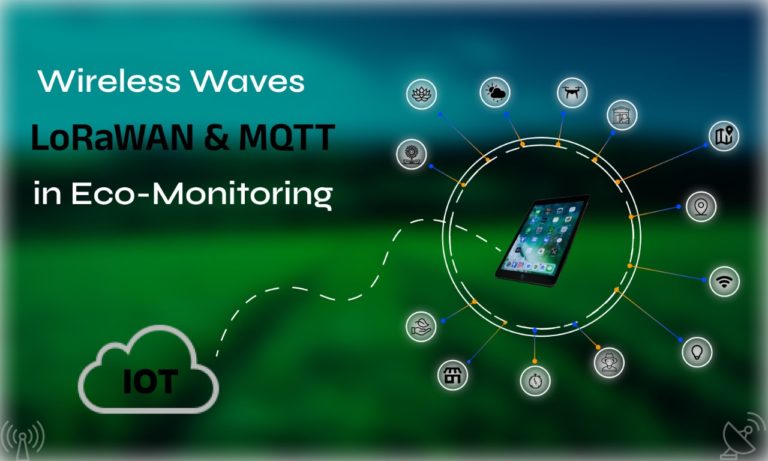
In the ever-evolving world of the Internet of Things (IoT), LoRaWAN and MQTT have emerged as two foundational technologies that, when combined, offer a powerful solution for long-range, low-power communication and efficient data exchange. In this blog, we’ll explore the synergy between LoRaWAN and MQTT and delve into a real-time application: an environmental monitoring system that showcases how these technologies work together to deliver practical, real-world benefits. Additionally, we’ll introduce a Flutter mobile app that empowers users to access and interact with this data on-the-go.
LoRaWAN (Long Range Wide Area Network) is a wireless communication protocol designed to provide extensive network coverage while minimizing power consumption. It is particularly suitable for IoT applications where data transfer requirements are modest, and devices need to operate on battery power for extended periods.
The LoRaWAN ecosystem comprises three essential components:
LoRaWAN utilizes a star-of-stars network topology, with gateways connecting multiple end devices. Data from end devices is encapsulated into LoRaWAN frames and transmitted via gateways to the network server.
MQTT (Message Queuing Telemetry Transport) is a lightweight messaging protocol that excels in the efficient and reliable transfer of data, making it ideal for IoT applications. It operates on a publish-subscribe model, where clients can publish messages to topics or subscribe to topics of interest. MQTT’s lightweight design and support for Quality of Service (QoS) levels make it well-suited for low-bandwidth and less reliable networks.
MQTT has three primary components:
Real-Time Application: Environmental Monitoring System
Now, let’s delve into a real-time example that combines LoRaWAN and MQTT to create a smart environmental monitoring system. Imagine a scenario where we need to monitor air quality in different urban locations and receive real-time data updates.
In environmental monitoring system, we’ve taken the next step by developing a Flutter mobile app. This app empowers users to access and interact with the real-time air quality data on their smartphones, making the information easily accessible and actionable on both Android and iOS with limited cost of development.
Key features of the mobile app include:
By integrating LoRaWAN for long-range, low-power data transmission, MQTT for efficient and real-time data exchange, and a Flutter mobile app, provides a comprehensive environmental monitoring system that not only collects valuable data but also empowers users to stay informed and take actions based on that information.
LoRaWAN, MQTT, and Flutter come together in this example to demonstrate the power of technology in addressing real-world issues. The combination of these technologies allows for the creation of responsive and impactful IoT systems. Whether it’s environmental monitoring, asset tracking, or any other IoT application, the synergy between LoRaWAN, MQTT, and Flutter Mobile app can help us make informed decisions and improve our quality of life.